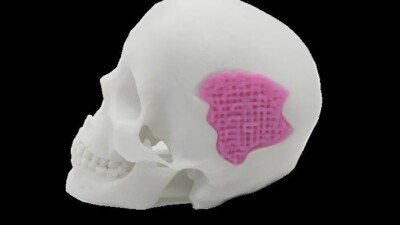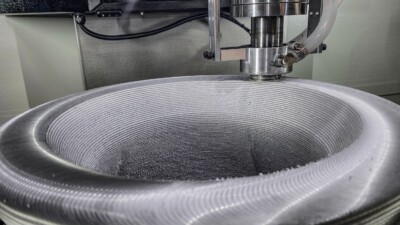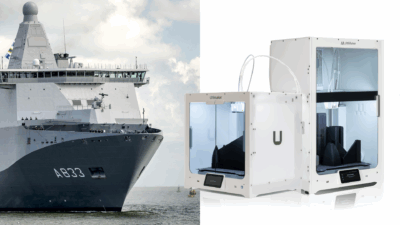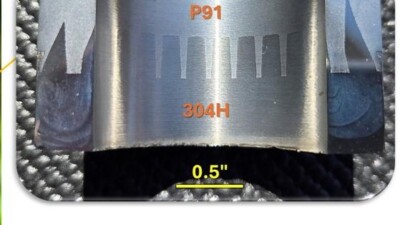Metal additive manufacturing sees >600% boost to productivity as a result of AI-powered process optimization.

Manufacturing is all about making things better, faster and at lower cost, which is why metal additive manufacturing (AM) has struggled to make inroads outside of applications where speed and cost are less important. In those cases – typically found in the aerospace or medical device industries – metal 3D printing’s unique benefits as a production technology are worth higher operating costs or longer cycle times.
But wouldn’t it be better if we could (metaphorically) have our metal AM cake and eat it, too? What if we didn’t have to decide between complex geometries and weight savings on the one hand and affordability and productivity on the other?
A research project backed by the European Union appears to be moving the metal AM industry in that direction by finding ways to optimize laser powder bed fusion (L-PBF) for metals. Dubbed InShaPe (a backronym for “Innovative Beam Shaping and Process Monitoring”), the project was coordinated through the Technical University of Munich (TUM) and received 7.2M euros in funding from Horizon Europe.
Having concluded its final workshop in April 2025, InShaPe’s project partners are reporting significant productivity improvements to L-PBF via industrial demonstrators in the aerospace industry and energy sector, as well as other mechanical engineering applications. More specifically, the researchers claim to have achieved productivity gains of over 600 percent, including manufacturing rates of up to 93.3 cm³/h in components using Inconel 718. For comparison, the starting manufacturing rate was 15 cm³/h.
Specific demonstrations include an aerospace impeller, and industrial gas turbine part, a rocket combustion chamber, a chainsaw motor cylinder head and components for satellite antennas.
The key to these improvements is a combination of artificial intelligence and multispectral imaging. Together, these technologies enabled the researchers to adapt the laser beam profile to the geometry and material of each component. According to the researchers, this improves the quality of the component and speeds up processing, avoiding cracking, spatter, condensate, and other issues that would result in reworking requirements and create waste.
Apparently, a ring-shaped beam profile (combined with optimized scanning strategies) worked particularly well, especially compared to a standard Gaussian beam, resulting in a more stable melt zone and more even material processing.
“Academic and industrial interest in our work is very high,” said InShaPe coordinator, Prof. Katrin Wudy from the School of Engineering and Design at TUM. “We are delighted that this technology will soon be used in industrial systems and drive advances in process control, quality assurance and application capabilities across a range of sectors.”



